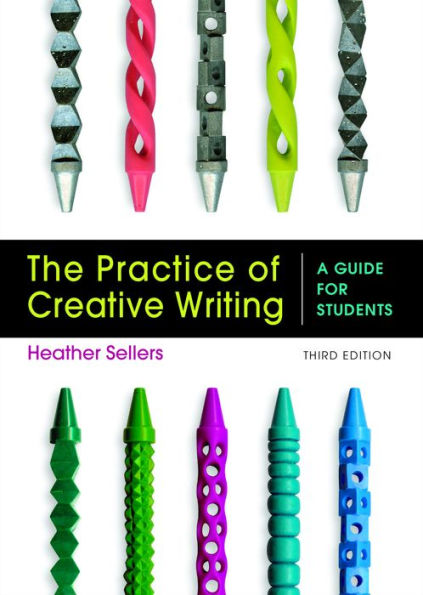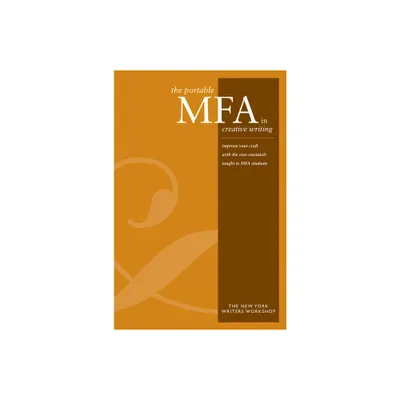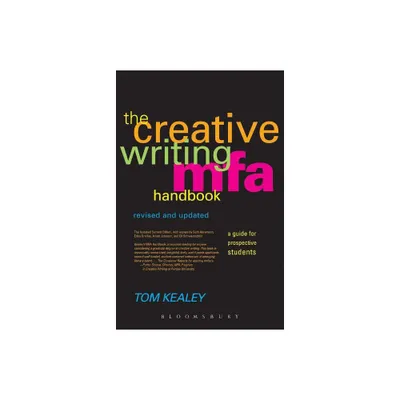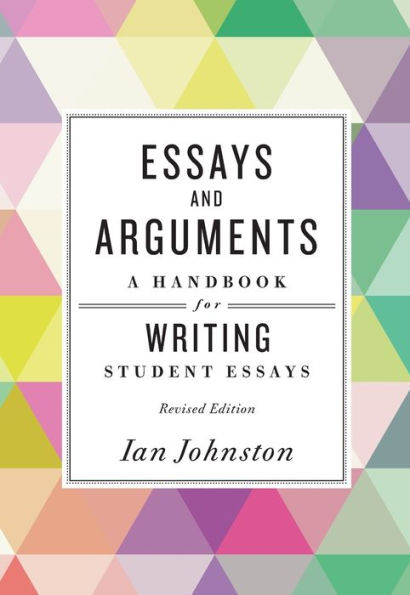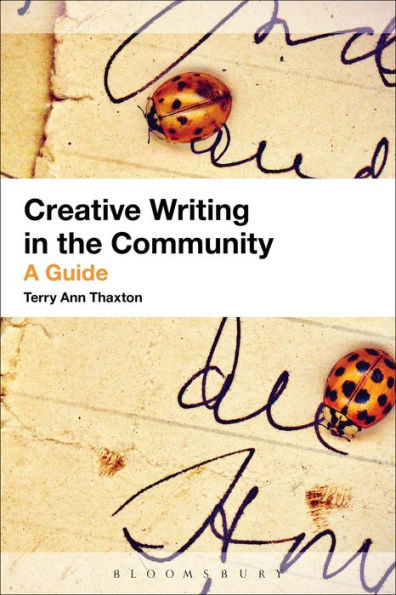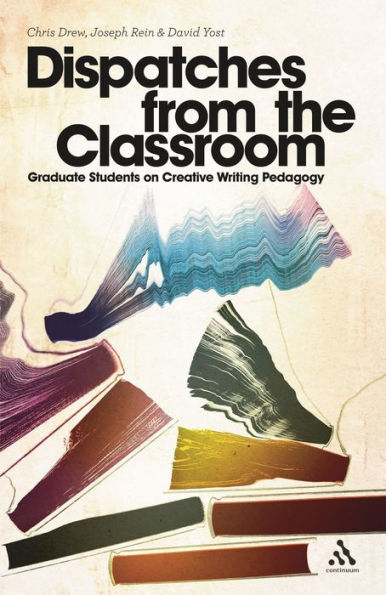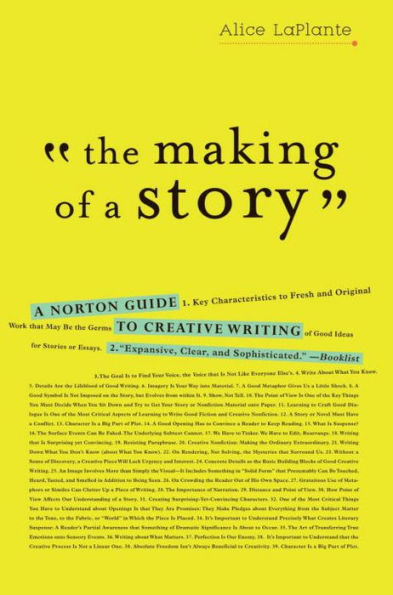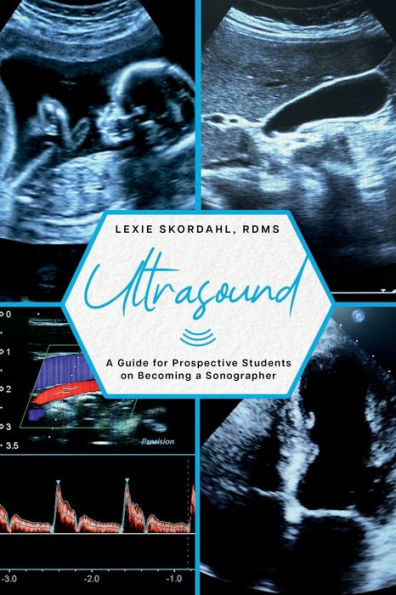Home
The Low-Residency MFA Handbook: A Guide for Prospective Creative Writing Students
Loading Inventory...
Barnes and Noble
The Low-Residency MFA Handbook: A Guide for Prospective Creative Writing Students
Current price: $30.95
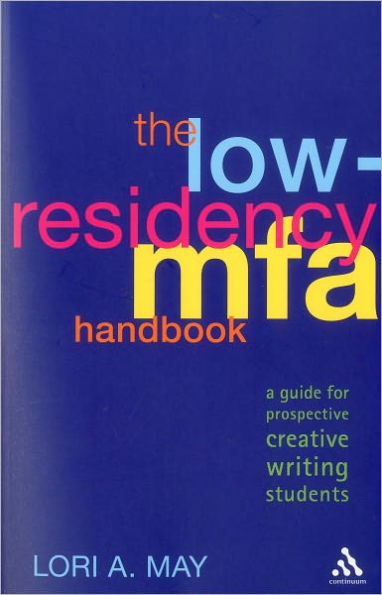

Barnes and Noble
The Low-Residency MFA Handbook: A Guide for Prospective Creative Writing Students
Current price: $30.95
Loading Inventory...
Size: Paperback
*Product Information may vary - to confirm product availability, pricing, and additional information please contact Barnes and Noble
The Low-Residency MFA Handbook
offers prospective graduate students an in-depth preview of low-residency creative writing MFA programs. Interviews with program directors, faculty, alumni, and current students answer the many questions prospective graduates have, including: What happens during the non-residency semester? What are the brief residencies like? What community is established between faculty and fellow students? What opportunities are there for writers to gain pedagogical training through a low-residency format? And, most importantly, is the low-residency model right for you? These questions, and more, are answered in detail. The guide also clarifies the application process and offers application tips from program directors and alumni. It also considers funding, program structures, and unique opportunities such as editorships and assistantships. For prospective graduate students looking for detailed information,
provides a personalized and genuinely useful overview.
offers prospective graduate students an in-depth preview of low-residency creative writing MFA programs. Interviews with program directors, faculty, alumni, and current students answer the many questions prospective graduates have, including: What happens during the non-residency semester? What are the brief residencies like? What community is established between faculty and fellow students? What opportunities are there for writers to gain pedagogical training through a low-residency format? And, most importantly, is the low-residency model right for you? These questions, and more, are answered in detail. The guide also clarifies the application process and offers application tips from program directors and alumni. It also considers funding, program structures, and unique opportunities such as editorships and assistantships. For prospective graduate students looking for detailed information,
provides a personalized and genuinely useful overview.
